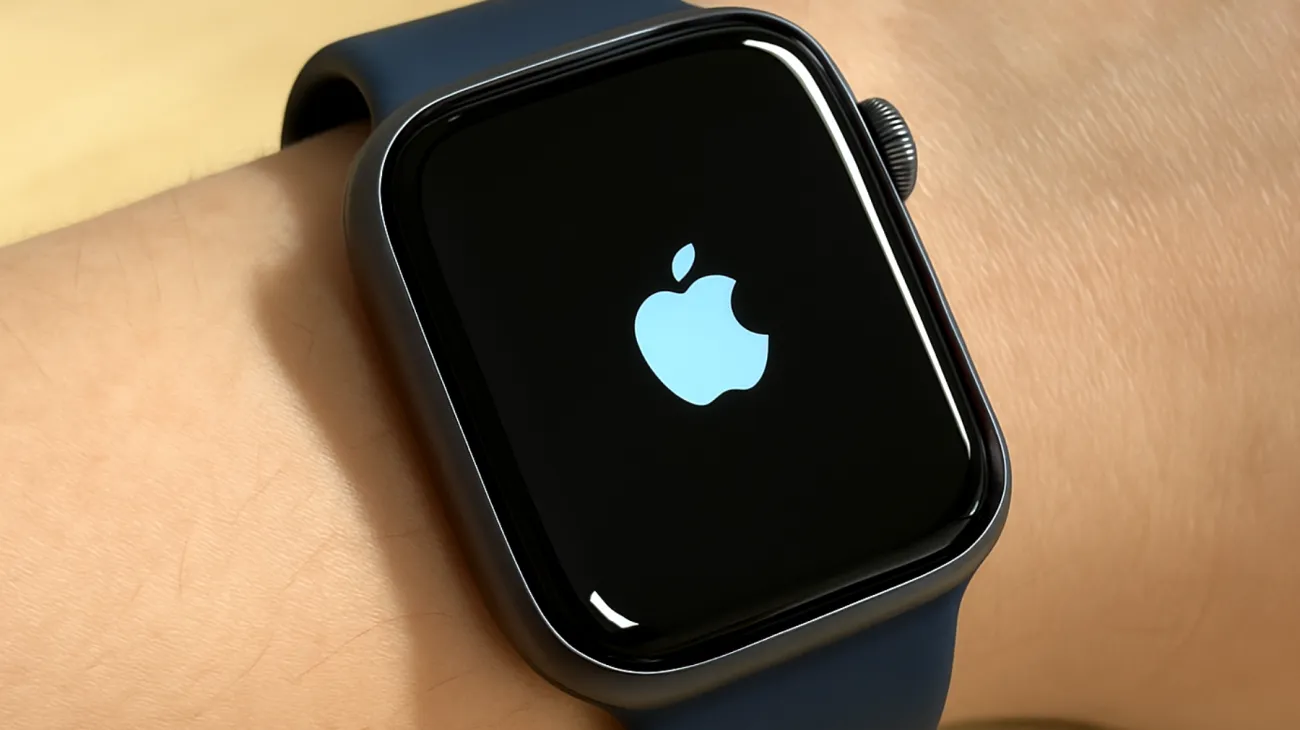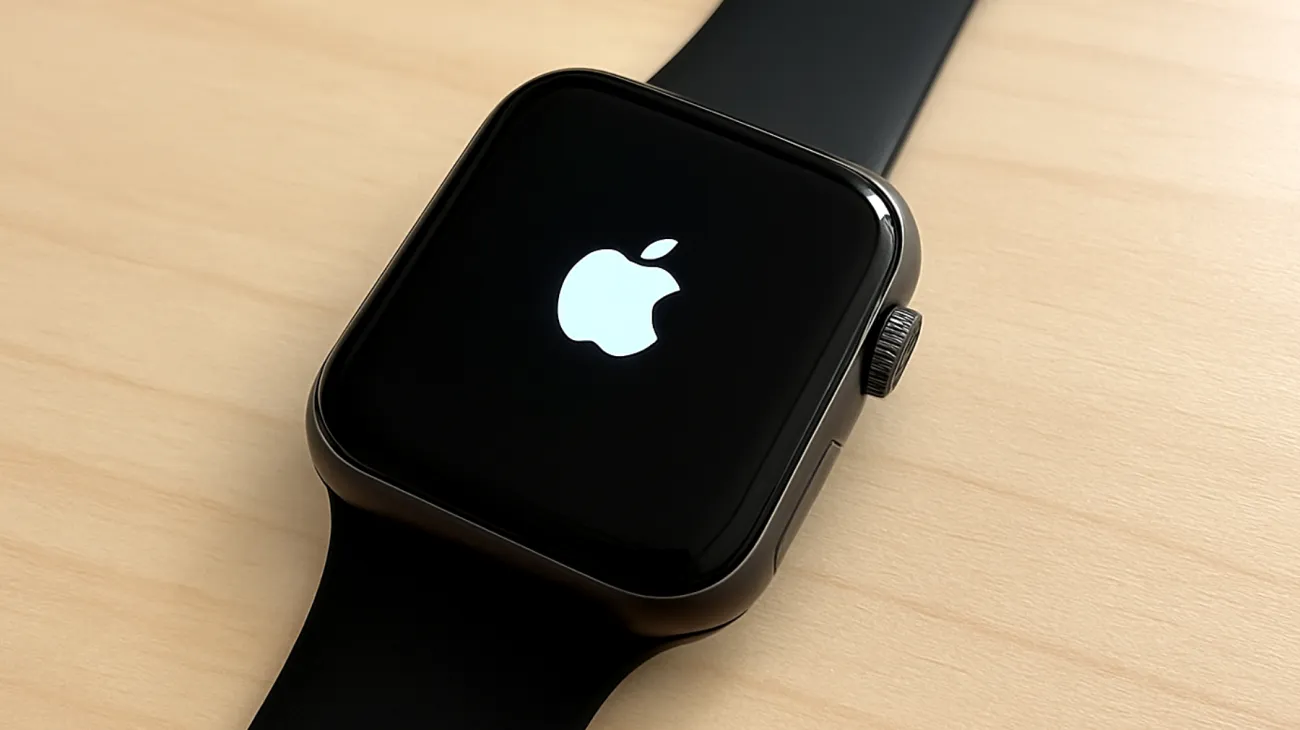Your Apple Watch may experience notable performance and battery degradation when multiple background apps run alongside the always-on display feature. These features together significantly increase power consumption and can lead to reduced battery life and slower system responsiveness, creating a perfect storm of performance issues that affect daily use.
The Hidden Performance Killer on Your Wrist
The Apple Watch’s impressive capabilities come with a delicate balance between functionality and efficiency. When you allow multiple apps to run continuously in the background while keeping your display always-on, you’re essentially asking your device to juggle intensive tasks simultaneously. The watchOS system struggles to manage these competing demands, leading to unexpected slowdowns that can make your smartwatch feel sluggish and unresponsive.
This issue becomes particularly pronounced during intensive usage periods. Consider checking your heart rate during a workout, receiving notifications, tracking your location, and managing music playbook—all while your screen remains constantly illuminated. The cumulative effect creates system slowdowns due to resource constraints that affect everything from app launch times to touch responsiveness.
Understanding the Technical Impact
The Apple Watch’s S-series chips are marvels of miniaturization, but they operate within strict battery and thermal limits. When background apps continuously process data while the always-on display refreshes constantly, several critical issues emerge that directly impact your daily experience.
System slowdowns occur due to resource constraints when multiple apps compete for processing power. Memory pressure increases when many apps remain open, occasionally making apps slower to respond. Accelerated battery degradation develops under sustained high drain conditions, while wireless connectivity drain intensifies when LTE is active, especially if your iPhone isn’t nearby or Bluetooth is off.
Identifying the Warning Signs
Your Apple Watch provides clear indicators when this combination affects performance. Watch for apps that take unusually long to launch, including native applications like Messages or Weather. Notice if your watch face complications update slowly or display outdated information. Pay attention to unexpected or disproportionate battery drops that occur during normal use patterns.
If you observe significant battery drain, such as 15% or more in a few hours of light use, background apps and always-on display should be among the first settings to check. Users frequently report battery drain well above the advertised 18-hour life when both features remain active, particularly during periods of frequent interaction.
Strategic Solutions for Optimal Performance
Smart Background App Management
Navigate to your iPhone’s Apple Watch app and review the Background App Refresh settings carefully. Selectively disable background activity for non-essential apps rather than maintaining blanket permissions. Weather, Calendar, and Health apps benefit from background refresh, while social media or gaming apps rarely require this privilege.
Consider creating usage patterns based on your daily routine. Enable background refresh for workout apps during exercise periods, then disable them during work hours when you primarily need communication and time-related functions. This targeted approach maintains functionality while significantly reducing unnecessary battery drain.

Always-On Display Optimization
The always-on display represents one of the most significant battery consumers on your Apple Watch. Experiment with disabling it during specific activities where you frequently check your watch, such as during meetings or workout sessions. The raise-to-wake function provides adequate responsiveness while substantially reducing power consumption.
For those who prefer keeping the feature enabled, customize which watch face complications remain visible when the always-on display is active. Simpler complications with minimal color variation and fewer updates consume less power than complex, frequently updating elements. This balance allows you to maintain the convenience of glanceable information without excessive battery drain.
Advanced Performance Optimization Techniques
Power users can implement sophisticated strategies to maximize their Apple Watch performance. Create multiple watch faces optimized for different scenarios—a minimal face with always-on display for formal occasions, and a feature-rich face with standard wake behavior for active periods. This approach allows you to maintain appropriate functionality without compromising battery life.
Monitor your usage patterns through the Battery settings in the Apple Watch app. This data reveals which apps consume the most power and helps you make informed decisions about background permissions. Additionally, consider reducing screen brightness and wake duration for further energy savings, particularly during indoor activities where maximum brightness isn’t necessary.
For severe battery issues, Low Power Mode provides an effective temporary solution that extends battery life significantly by disabling non-essential features while maintaining core functionality.
Long-term Device Health Considerations
Beyond immediate performance benefits, managing the interaction between background apps and always-on display properly extends your Apple Watch’s lifespan. Consistent high-power operation accelerates battery wear, as lithium-ion batteries degrade more rapidly under higher cycle and drain conditions. The small investment in optimizing these settings pays dividends in sustained performance over years of use.
Regular monitoring and adjustment of these settings should become part of your routine device maintenance, similar to updating apps or cleaning your watch band. By understanding how background apps and always-on display interact to affect performance, you can ensure your Apple Watch continues delivering the seamless experience that makes it indispensable to your daily routine. These optimizations not only improve immediate performance but also protect your investment by preventing premature battery degradation and maintaining responsive operation throughout your device’s lifetime.
Table of Contents

